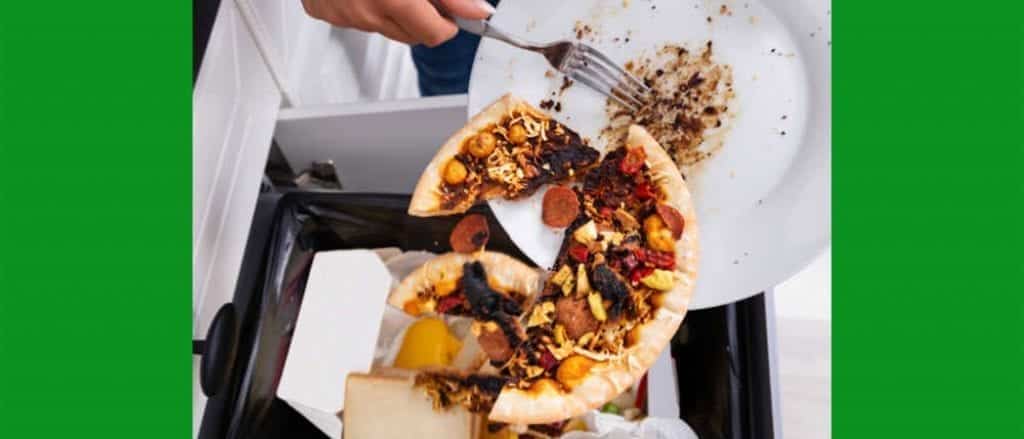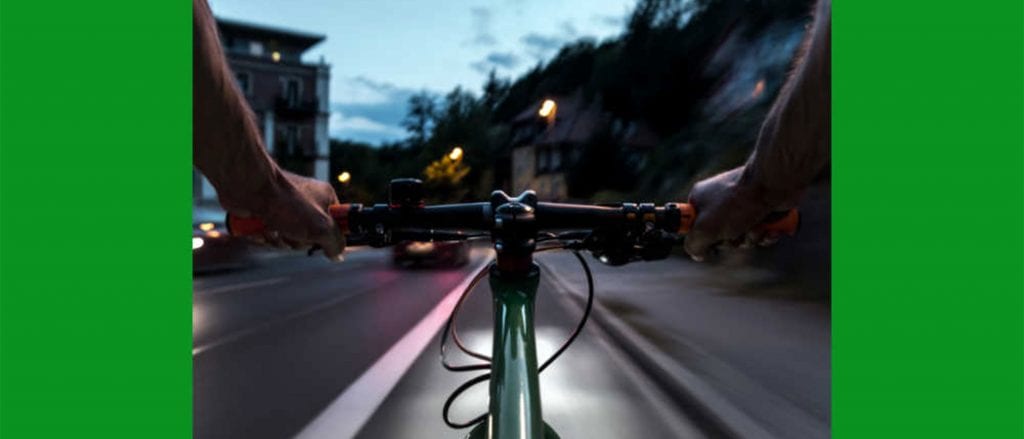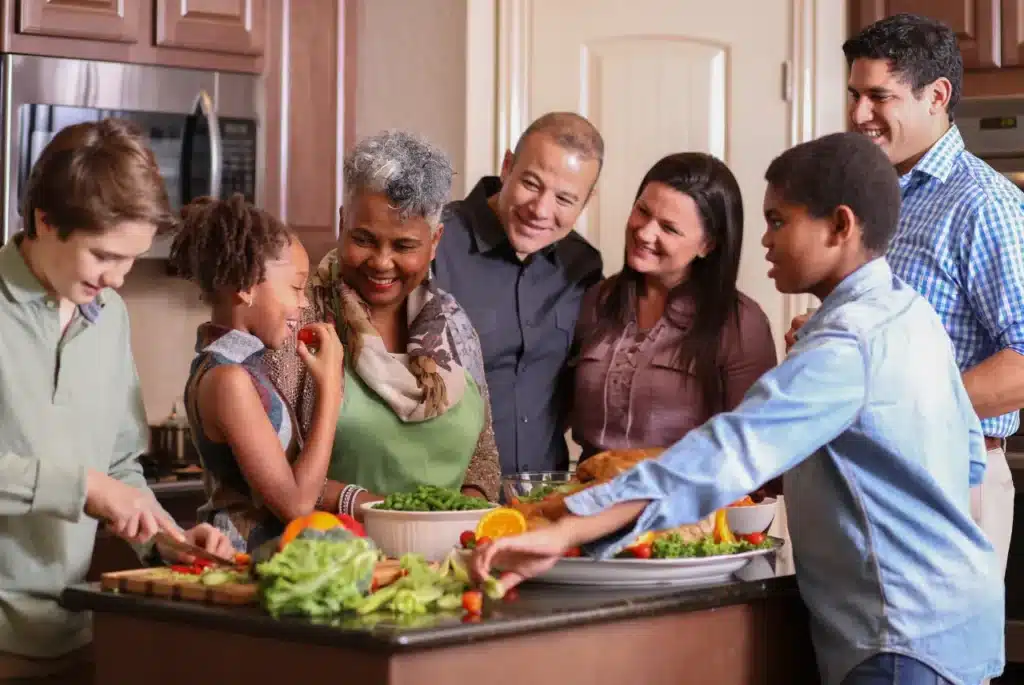Baby Steps to Start Going Green
Going Green Can Be Easier Than You Think
In the last decade, environmental movements started to pop up in the news. Going green gained traction with the public. More people contribute and are willing to adapt their habits to help the environment.
The year 2019 was marked by massive demonstrations focused on global warming and the environment. Then, because of the coronavirus pandemic, it was much harder to keep them up. But we can all make small changes, without participating in a big demonstration. Choose a few of these actions to include in your routine and take some baby steps to go green today!

1. Lower Food Waste
Food waste is a global issue with many consequences. We waste ⅓ of the food we produce, while in underdeveloped countries, people die of malnutrition.
Moreover, our food waste has a significant impact on the environment. All the wasted food degrades under anaerobic conditions in landfills, releasing greenhouse gasses to the environment. You can tackle this by reviewing your food waste and taking steps to reduce it.
- Buy smaller quantities.
- Make a weekly menu* to plan your meals.
- Learn how to store food to last longer.
- Place items soon to expire on a prominent place in the fridge.
- Order adequate quantities in the restaurants.
*Note: a home meal service like Dinnerly can deliver pre-portioned groceries for menus that you select. You get just the right amount of spices, vegetables, and condiments to make three dishes a week. No waste, and no leftovers.
2. Consume Less Meat and Dairy
Meat and dairy industries are one of the major polluters on the planet. Not only do they release immense amounts of greenhouses gases, but they also pollute our water and soil.
If you are not ready to go vegan, no worries. Even reducing your meat and dairy consumption will have a positive impact. Try joining initiatives like Meatless Mondays, Veganuary, Weekday vegetarian, or others.

3. Save Resources and Energy By Starting to Go Green
How you use energy and resources in your house can have a considerable effect. There are simple actions you can take to lower your usage.
- Switch to LED lights.
- Always turn off the lights when not in a room.
- Unplug appliances when not in use.
- Upgrade to energy-efficient appliances.
- Turn off the water when not using it.

4. Reusable Bottles and Bags Set You Off On a Green Course
Observe what single-use items do you use the most, and then switch to reusable. When you can’t do without your daily coffee shop visit, carry a reusable mug. If you frequently eat in a food court, bring your cutlery. Picking up a to-go order? Ask them to pack it in your container.
But, everyone should always carry a reusable shopping bag and a reusable water bottle. These two items alone will spare the planet a lot of plastic waste.

5. Biking and Walking will Drive You Toward a Green Lifestyle
If possible, do something for your health and the environment. Incorporate walking or biking instead of driving a car or even public transportation.
As another benefit, it’ll help to keep you fit, too!
When must drive, though, think carpool.
6. Going Green by Managing Waste and Taking Up a New Hobby
How you handle waste can make it or break it when going green. Learn as much as possible about recycling in your area and recycle every possible item.
Furthermore, look for ways to treat all food waste without sending it to landfills. You could start home composting or vermicomposting. If that sounds too complicated, look for places that collect and handle food waste for you.
Combining baby steps creates a lasting green journey!
Even though it might seem insignificant, every change matters. Pick a habit, incorporate it, and stick to it. When you are ready, add more. Small steps and perseverance will lead you on an impactful eco-friendly journey.







